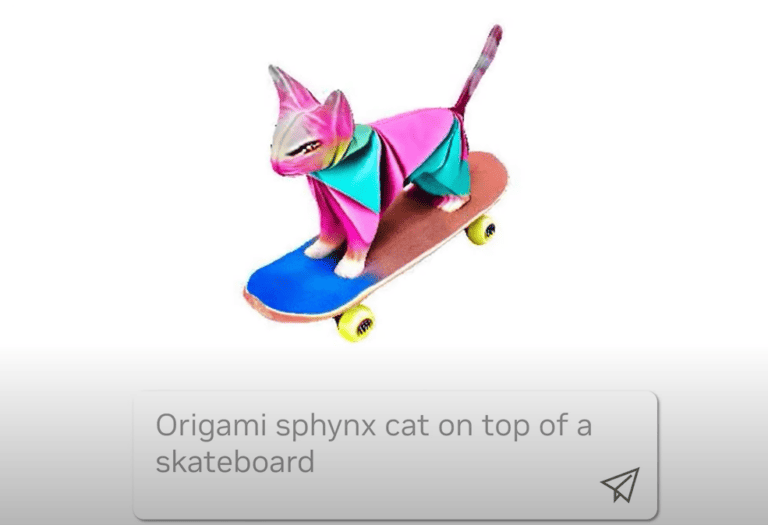Nvidia has unveiled Latte3D, a tool that rapidly transforms text into high-quality 3D images. The objects it creates can be used in design processes, advertising, video games, virtual reality, landscaping and robotics.
“A year ago, it took an hour for AI models to generate 3D visuals of this quality — and the current state of the art is now around 10 to 12 seconds,” according to Sanja Fidler, vice president of AI research at Nvidia. “We can now produce results an order of magnitude faster, putting near-real-time text-to-3D generation within reach for creators across industries.”
On their blog, Nvidia calls the tool a ‘virtual 3D printer’. Latte3D looks like a significant leap forward in AI-driven content creation tools. It can operate on a single graphics processing unit (GPU) like the Nvidia RTX A6000. This makes near-real-time text-to-3D generation accessible to creators across industries, eventually eliminating the need for time-consuming rendering processes.
Multiple 3D images with one prompt
By leveraging diverse training datasets and OpenAI’s ChatGPT, the model can understand a wide range of text prompts. It generates multiple 3D shapes for each text prompt. Creators can then refine their chosen shape and enhance its graphics quality quickly by adding new text prompts. This flexibility enables designers to swiftly iterate on ideas and refine their creations without requiring extensive manual labor or asset libraries.
Moreover, Latte3D’s adaptability extends beyond its initial training data. Developers can train the model on different data types. For example, Latte3D could aid landscape designers in creating garden renderings with various elements like trees and flowering bushes during client consultations. Another use case would be to create 3D simulations of furnished homes to train personal assistant robots for real-world deployment.
Latte3D was developed in a Toronto-based AI lab and presented at the GPU Technology Conference (GTC) in San José, California, hosted by Nvidia.
Read more: Nvidia solidifies AI lead at GTC 2024 with Blackwell GPUs
